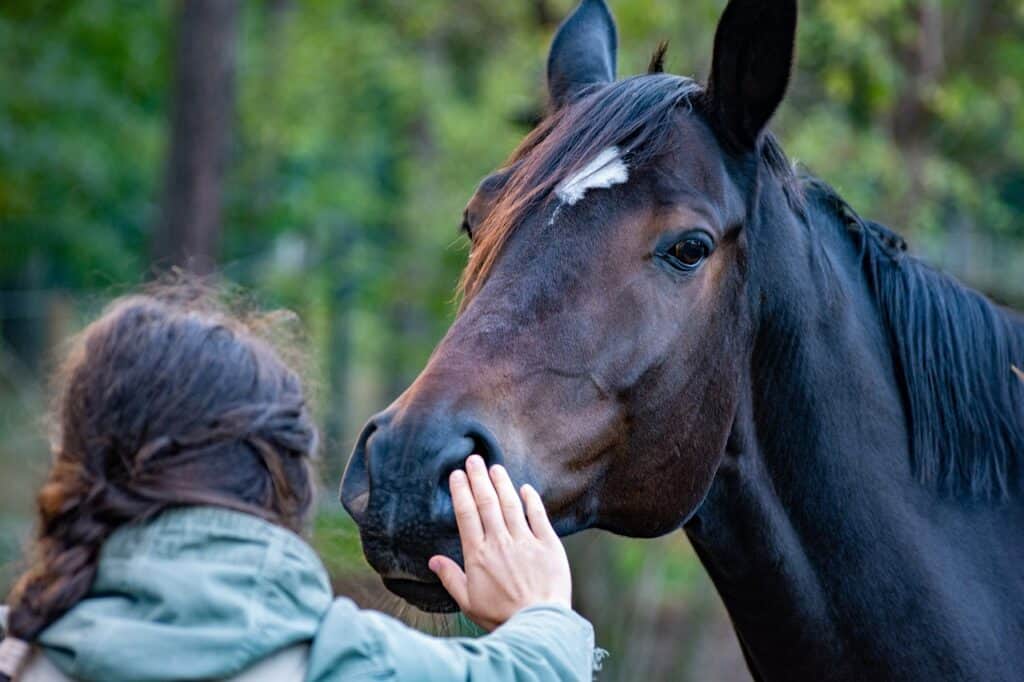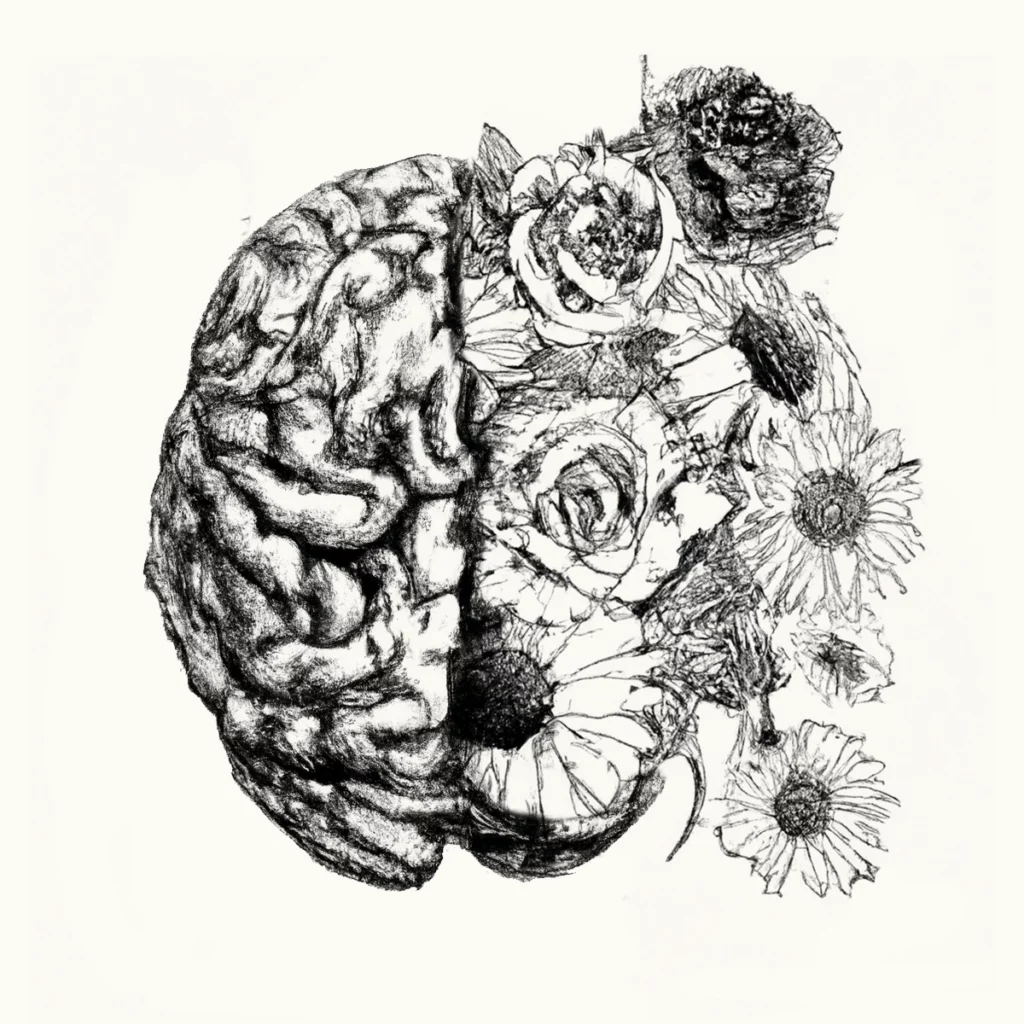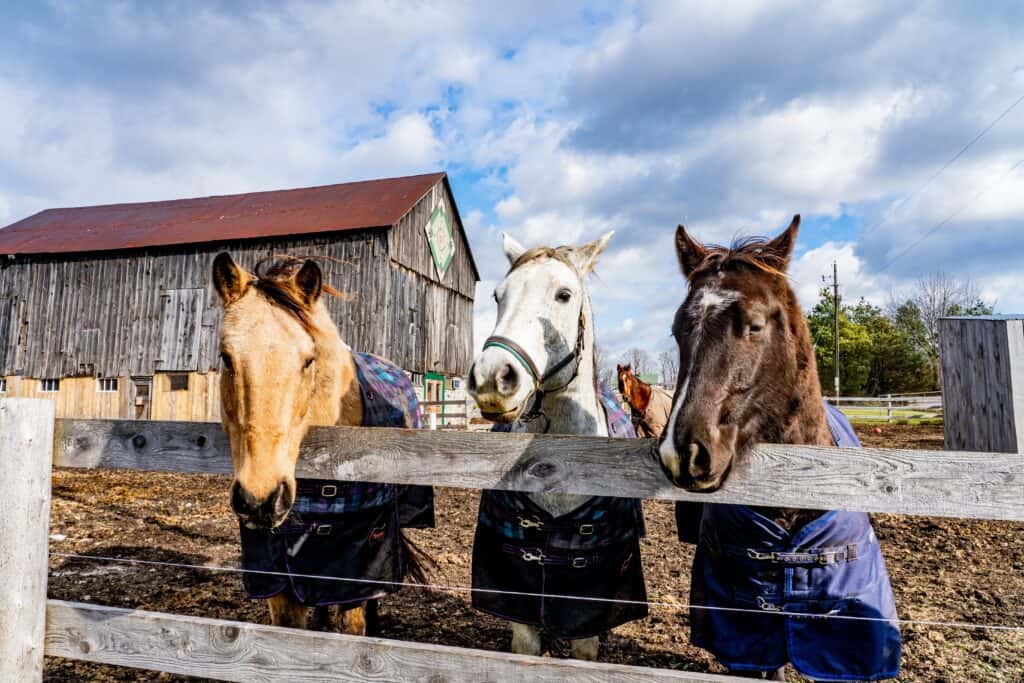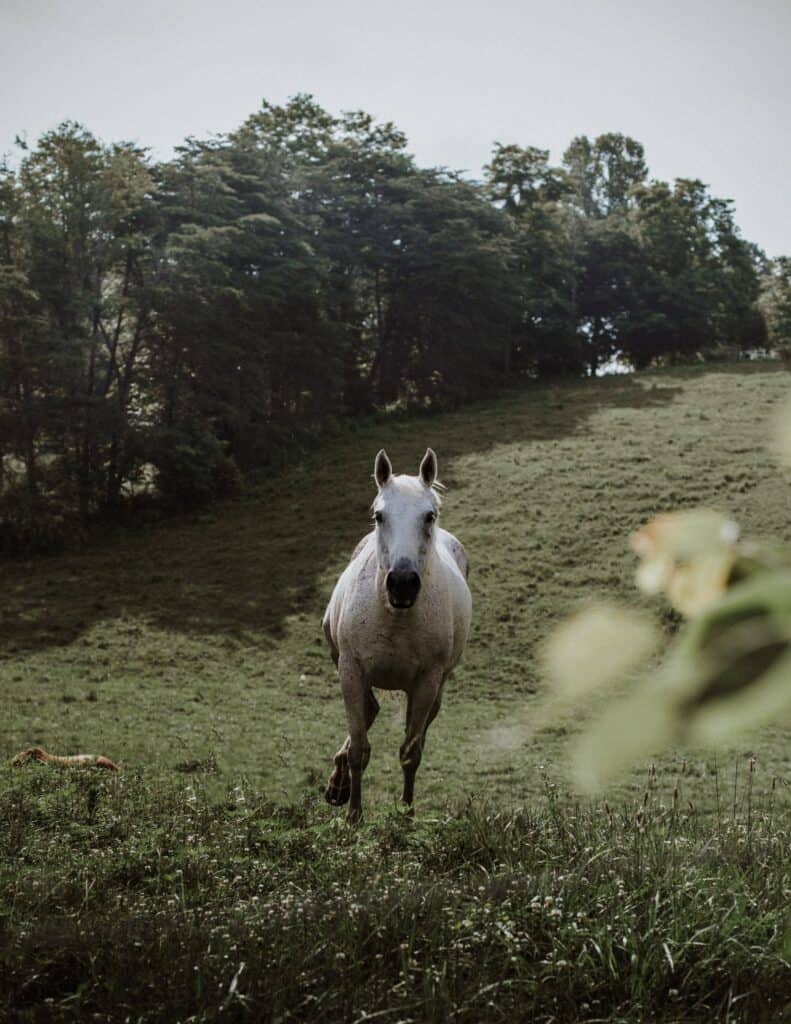My shoulder seems to reach my ears before I notice I am distressed. It’s as if a forklift has elevated my left scapula upwards in opposition to a heavyweight from above, the pressure of an emotional burden that energetically and forcefully yanks me downward. The ensuing torque requires my shoulder to pull apart from its connection and the scapula that anchors under it.
This is not news to me; I know this habit of sensation; I am intimately familiar with this physical dance. It’s the same one that came over me in some of my therapeutic yoga sessions in years past. I would find myself covering my ears, sobbing, and writhing with deep shoulder pain, all in an attempt to block what came in from the outside of me. The sound of others’ pain, a cacophony of distress and sorrow that became deafening. And, as that pain washed over me, in an unconscious attempt to protest what I heard and felt, the upward pull of my shoulders couldn’t reach my ears fast enough. Shoulder muffs. The distinct moment of this realization came when I acknowledged my burnout, bellowing to my yoga mentor, “I can’t hear anymore; it’s too much for me. I can’t take it anymore.” Shoulder muffs upwards. Over and over, they would rise in defense.
I am intimately familiar with my unconscious habit of scapula and shoulder pain, which is an expression of what Jung called the shadow side. Similarly, in the world of yoga, such physical and energetic spaces where the deepest of wounds get “locked in” and stored are described as samskaras. The patterns and habits that ensue accumulate and block the flow of our life force in the now.
At the first realization of my then burnout, every cell in me, also knew that these shoulder muffs were familiar and older. Underneath it, was a longstanding awareness of my clamoring as a child to feel heard, to feel safe, when I wasn’t. I’m a work in progress as I continue to heal, as we all are. But there is also an important lesson here, for those of us who identify as “helpers.” Our unexplored shadow side also actively contributes to our burnout.
The relationship between my scapula and my left shoulder was an exquisite expression of that push and pull between my wanting to expand, to connect, but at the same time, fearing the very burden of what that connection might bring, an added responsibility to carry the weight of someone else’s emotions on my shoulders. It showed up in my clinical work, but the reality is it was older.
I always knew that in my mother, there was something in her that wanted her to die. That there was a way of being that could easily run amuck in her life, a fantasy that death would be the way that her pain stopped. A sensitive child, one who felt things deeply and could just feel others’ pain and thoughts as if it were an electric charge, I sensed her pain deeply. As if hanging on the seat for dear life midflight, the energetic turbulence I would feel when she felt disconnected from herself terrified me. And, somehow, I had to find some way to cope with how terrifying it was to know, in my bones, that she was not terra firma. She wasn’t firm land, and as a child, I needed that. All children do.
“If she dies, I will die. If I can save her, I can save me.”
So, a black-and-white, completely child-based, and truly unconscious perspective that I could save my mother and others became the strategy, a substitute action. Truth be told, it was the underlying seam of disfunction that lay dormant under the bedrock of every relationship I had, friendships, love relationships, my relationships with my horses, and even my career. You name it. The focus on saving and helping “the other” became the strategy to save myself from dropping inside, feeling, and getting in touch with pain. It became a distraction that grooved itself deeply into all of my choices.
But the idea I could help and “fix” that was a lie. It was my defensive strategy.
The fact was, the act of connecting and reaching, while biologically an imperative, would feel, at the same time, confusing. There would be a push and pull between a drive to connect and, at the same time, a fear of that very same biological imperative. And, while I may feel vulnerable about expressing it, I am not alone in this experience. Within many of us, especially with deep attachment wounds, that biological draw to connect can also exist in opposition to an equally important drive to push away from what is experienced as dangerous, connecting.
As a result, our capacity to fully express who we truly are, underneath it all, gets withheld, and we can find ourselves feeling lost, but primarily to ourselves. We forget that we are what we are looking for. Then in our adult minds, when we think of responsibility, we might consider the things we are responsible to “do.” We might think of who we feel responsible “to.” In reality, responsibility comes in many forms, and for those of us who identify with a “helper” role, it can also be a way of staying away from what’s beneath it and what our fascia holds.
So, it behooves us to also consider that our “burnout” can also be a layer over older pain that seeks to be found and explored, that is, if we are willing. As a result, we can be more present to ourselves and others. We can then connect from a place of what is real and conscious, as opposed to helping from a place of avoiding our deep pain.




